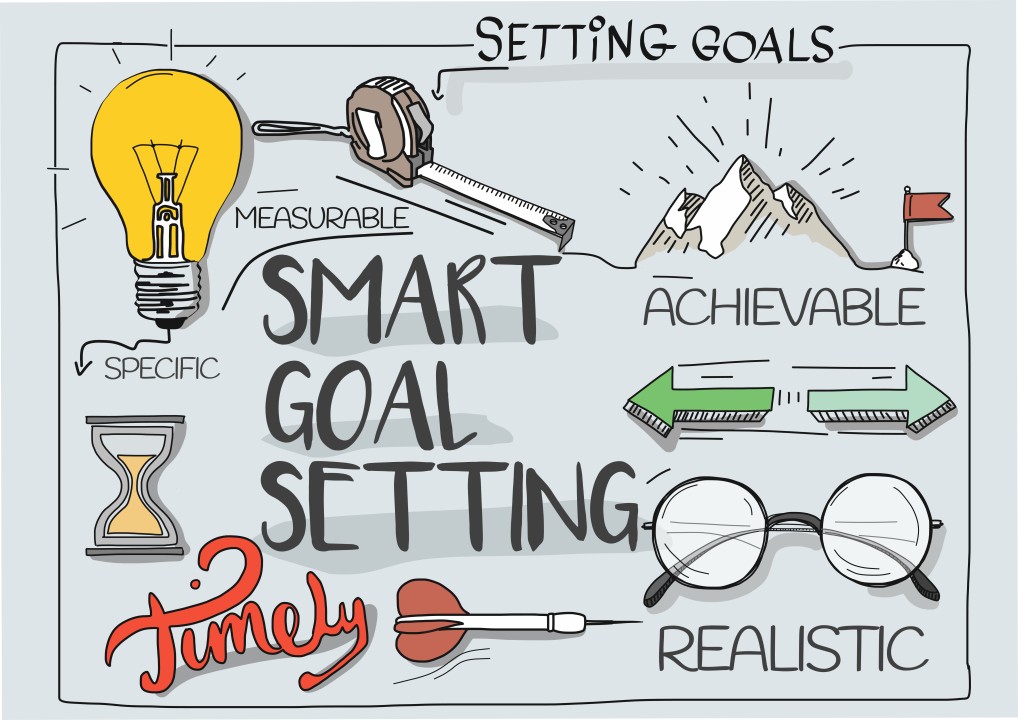Goal Setting and Achievement: Unlock Your Potential
Goal setting is more than just making a wish—it’s a strategic process that can transform your dreams into achievable milestones. Whether you’re striving for personal growth, career advancement, or entrepreneurial success, the art of setting and achieving goals plays a critical role in your journey.
This comprehensive guide will explore the importance of goal setting, effective strategies to craft actionable objectives, and proven methods to achieve your dreams.
Why Goal Setting Matters
Goals are the compass that directs your actions and decisions. Without clear goals, it’s easy to feel lost or overwhelmed by the demands of life. Here’s why goal setting is essential:
- Clarity of Purpose: Well-defined goals help you focus your energy on what truly matters.
- Motivation Boost: Goals give you a sense of purpose, pushing you to stay on track even during tough times.
- Measurable Progress: Setting goals allows you to track achievements and celebrate milestones.
- Enhanced Decision-Making: Clear objectives simplify choices by aligning them with your aspirations.
“Setting goals is the first step in turning the invisible into the visible.” – Tony Robbins
Types of Goals
1. Short-Term Goals
These are immediate objectives you can accomplish within days or weeks. They build momentum for larger ambitions.
– Examples: Completing a book, organizing your workspace, or learning a new skill.
2. Long-Term Goals
These are broader aspirations that take months or years to achieve.
– Examples: Advancing your career, starting a business, or saving for a house.
3. Stretch Goals
These ambitious goals push you beyond your comfort zone, fostering growth and innovation.
The SMART Goal Framework
A proven approach to setting effective goals is the SMART method:
- Specific: Clearly define your objective. What exactly do you want to achieve?
- Measurable: Ensure your goal has a quantifiable outcome.
- Achievable: Set realistic goals that challenge but don’t overwhelm you.
- Relevant: Align goals with your broader values and priorities.
- Time-Bound: Set a deadline to maintain urgency.
Example: Instead of saying, “I want to get fit,” set a SMART goal like, “I will jog for 30 minutes, five times a week, for the next three months.”
Strategies for Effective Goal Setting
1. Visualize Your Success
Imagine achieving your goal and the impact it will have on your life. Visualization boosts motivation and confidence.
2. Break Goals Into Smaller Steps
Divide large goals into manageable tasks. This prevents overwhelm and ensures consistent progress.
– Example: If your goal is to write a book, start with an outline, then set daily word count targets.
3. Write It Down
Documenting goals makes them tangible and increases your commitment. Keep them visible—on your desk, phone, or vision board.

4. Set Priorities
Not all goals carry the same weight. Use the Eisenhower Matrix to categorize tasks based on urgency and importance.
Overcoming Obstacles
Achieving goals isn’t always smooth sailing. Here’s how to tackle common challenges:
1. Lack of Motivation
- Break routines to reignite enthusiasm.
- Revisit your “why” and remind yourself of the end result.
2. Fear of Failure
- Treat failure as a learning opportunity.
- Adopt a growth mindset and focus on continuous improvement.
3. Procrastination
- Use time management tools like Trello or Asana to stay organized.
- Apply the Pomodoro Technique to work in focused intervals.
Staying on Track

Consistency is the secret to success. Here are practical tips to maintain momentum:
1. Regular Reviews
Periodically assess your progress. Are you on track, or do adjustments need to be made?
2. Accountability Partners
Share your goals with a friend, mentor, or coach who can provide support and encouragement.
3. Celebrate Milestones
Every achievement, big or small, deserves recognition. Rewarding yourself reinforces positive behavior.
Tools and Resources for Goal Achievement
Take advantage of technology and frameworks designed to support goal setting:
- Goal Tracking Apps: Use tools like Habitica or Monday.com to track your progress.
- Books: Read Atomic Habits by James Clear or The 7 Habits of Highly Effective People by Stephen Covey for actionable insights.
- Workshops: Attend webinars or workshops on productivity and personal development.
FAQs
What’s the difference between goals and objectives?
- Goals are broader aspirations, while objectives are specific, actionable steps to achieve them.
How do I stay motivated when progress is slow?
- Focus on small wins. Break your goal into even smaller steps and celebrate every accomplishment.
Can I have multiple goals at once?
- Yes, but avoid overwhelming yourself. Prioritize and allocate time to each goal based on its urgency and importance.
Achieving Your Dreams
Goal setting isn’t just about the destination—it’s about the journey of growth and self-discovery. By creating clear, actionable goals and staying committed, you can turn your aspirations into reality.
“Success is the progressive realization of a worthy goal.” – Earl Nightingale

Start today. Take one step, set one goal, and watch as your dreams come to life.


